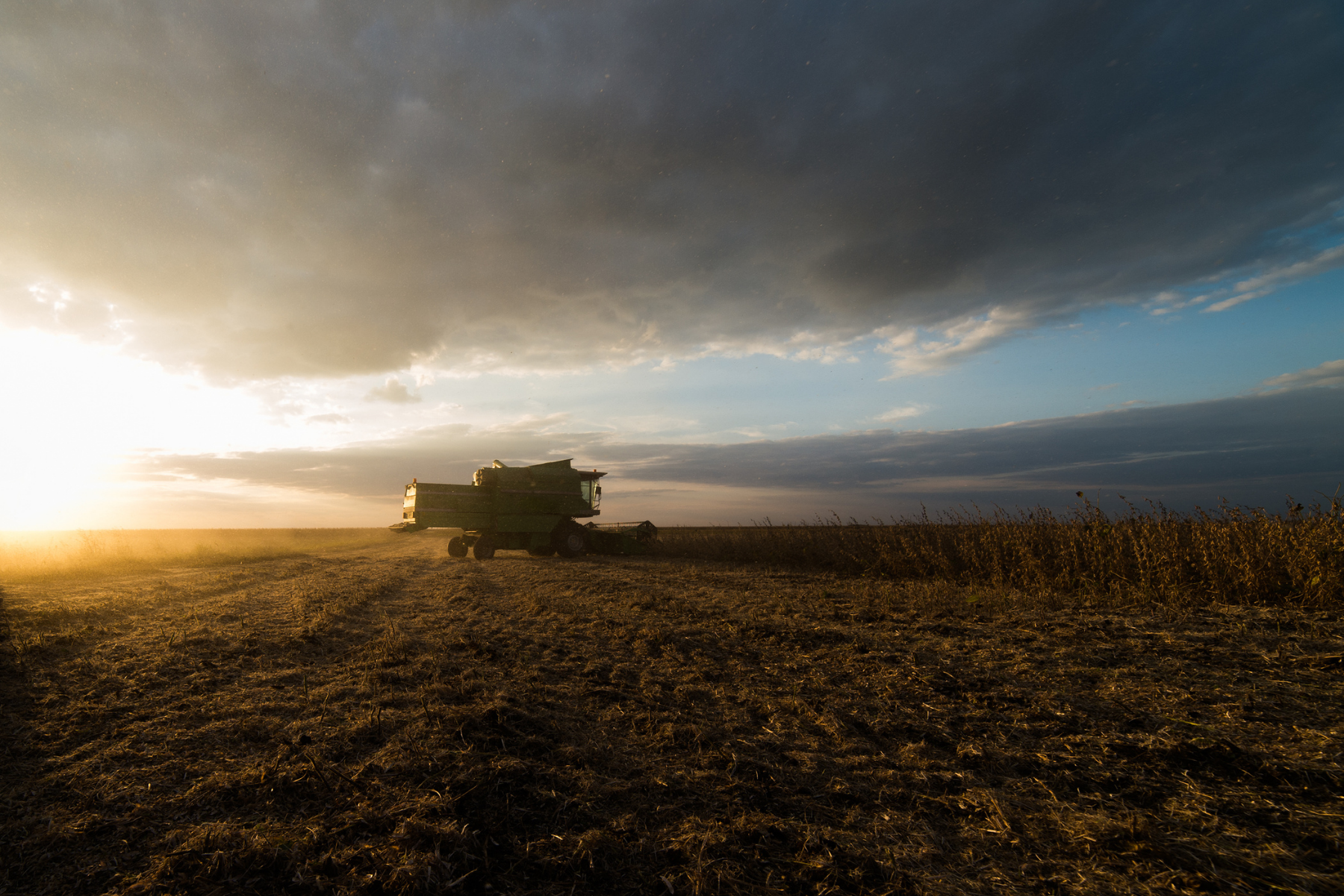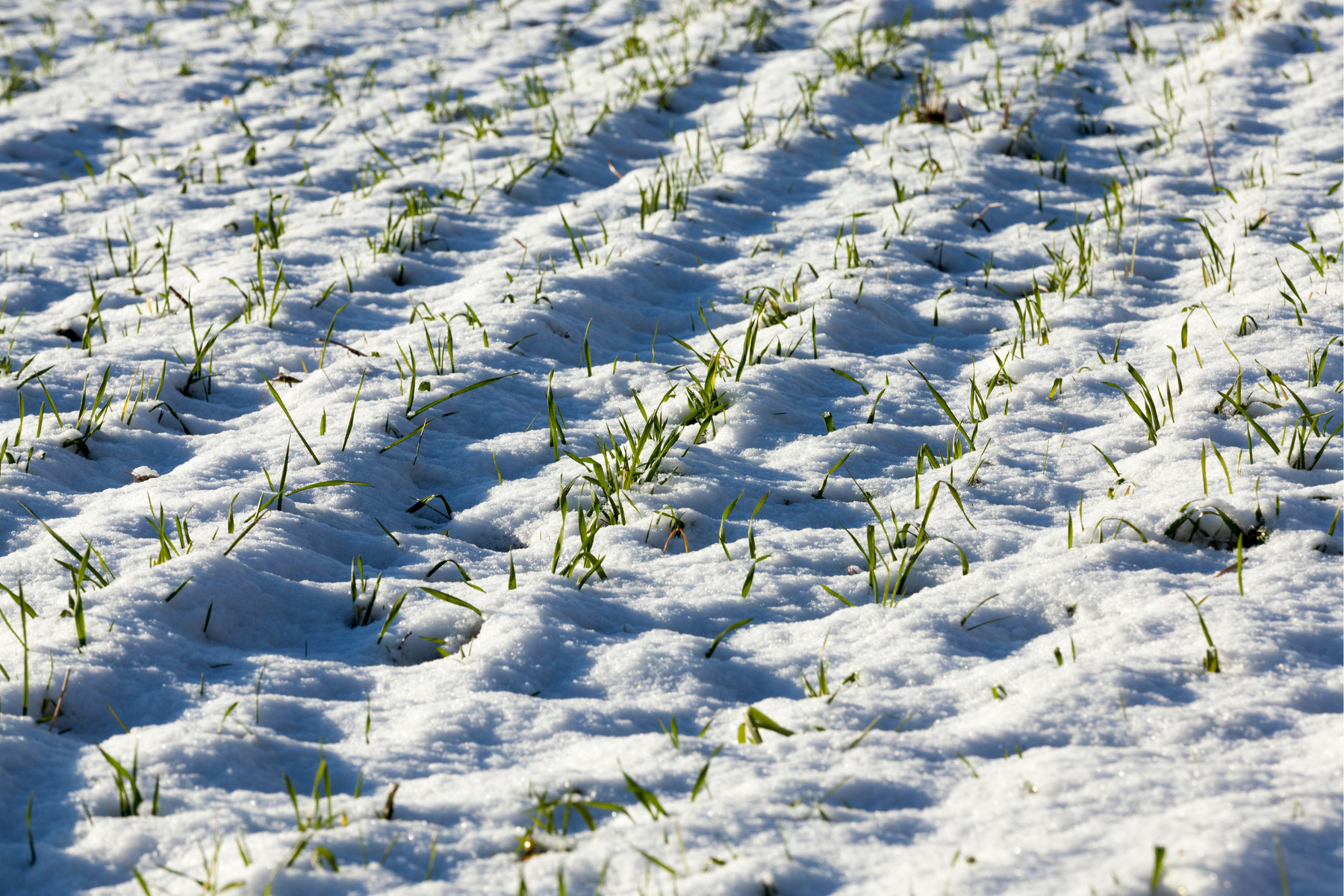As we approach the fall season, it’s time to reflect on the lessons learned from the 2023 harvest and start planning for 2024. Effective planning and decision-making now can significantly impact your success in the next growing season. Our team of agronomic experts are here to provide you with essential tips to optimize your crop planning process.
- Review Previous Yield Notes
Start by thoroughly reviewing your yield notes from the previous years, paying close attention to the yields, crop varieties, and field-specific observations. This will help you identify trends and patterns in your farm’s performance. - Assess Soil Health
Conduct soil tests to assess the health and nutrient levels of your fields. Compare this data with previous years’ notes to detect any long-term soil health issues and plan for appropriate soil amendments. - Crop Rotation Planning
Use your yield notes to determine which crops have performed well in specific fields and which ones may require rotation to prevent soil depletion and pest problems. Plan crop rotations accordingly to optimize yield and minimize risks. - Pest and Disease Trends
Analyze your yield notes for any recurring pest or disease issues. Identify the types of pests and diseases that have affected your crops and plan for preventive measures, such as selecting resistant crop varieties or implementing integrated pest management strategies. - Weather Patterns
Consider weather-related data in your yield notes, such as rainfall and temperature patterns. This information can help you anticipate potential climate-related challenges and adapt your crop choices accordingly. - Variety Selection
Based on your historical yield data, choose crop varieties that have consistently performed well in your specific soil and climate conditions. Consult with local agricultural extension services for recommendations. - Optimize Fertilization
Use your yield notes to fine-tune your fertilization plans. Adjust nutrient application rates and timing based on crop performance and soil nutrient levels to maximize yields while minimizing input costs. - Budgeting and Resource Allocation
With the insights gained from your yield notes, create a detailed budget for the upcoming year. Allocate resources, including labor, equipment, and inputs, based on the planned crop rotations and field-specific requirements.
The fall season is an opportune time to lay the groundwork for a successful 2024 growing season. Our team of experts at Sylvite Agri-Services is here to assist you every step of the way. If you have questions or need personalized guidance, don’t hesitate to reach out to us.




